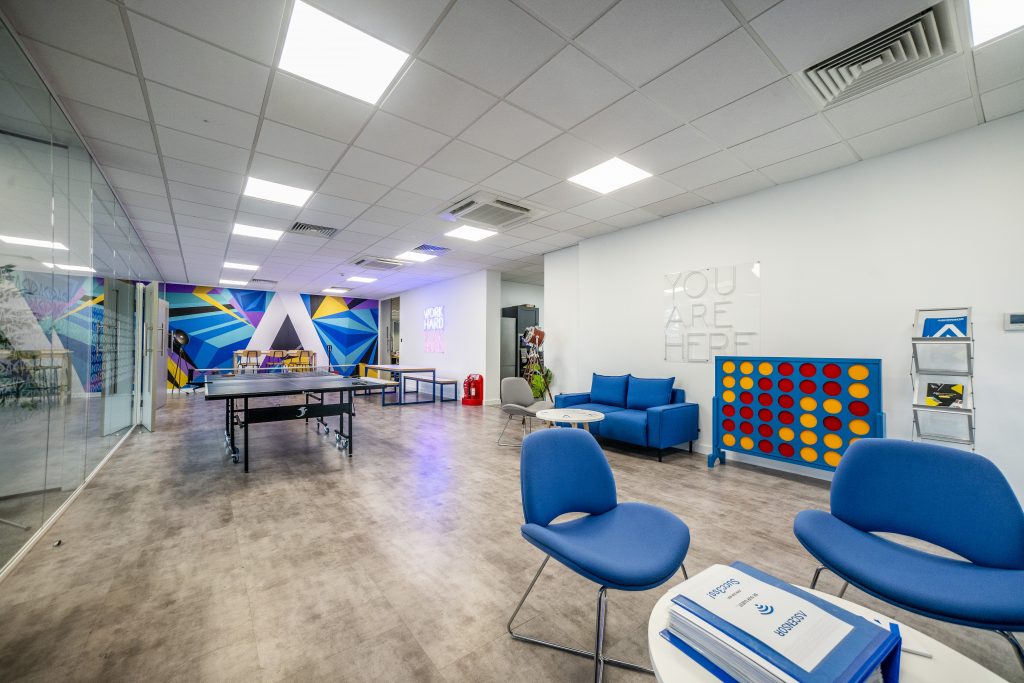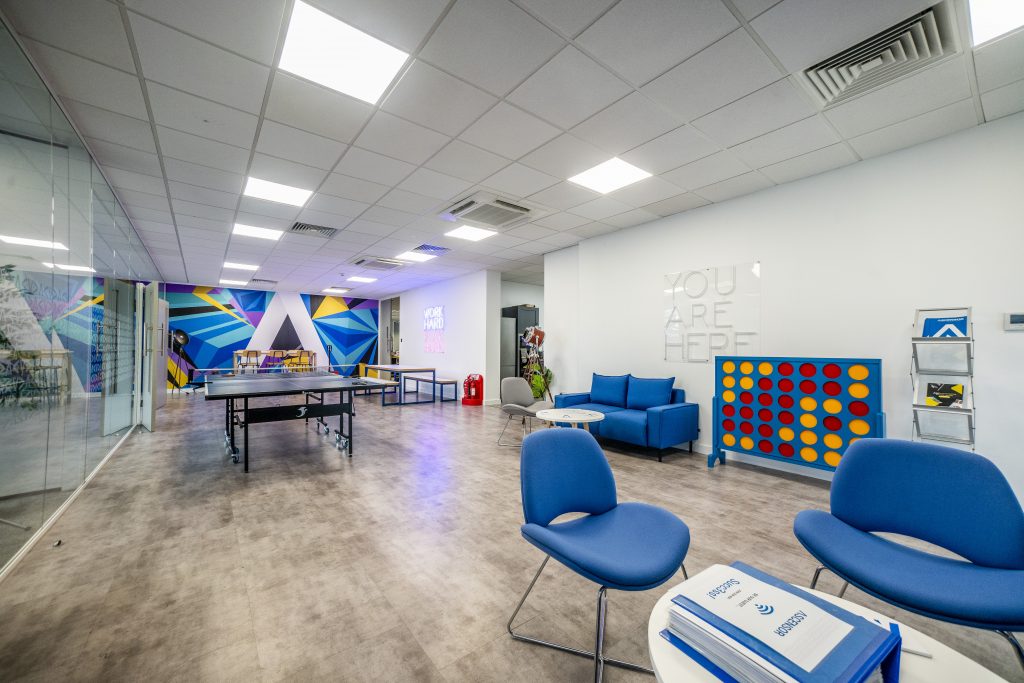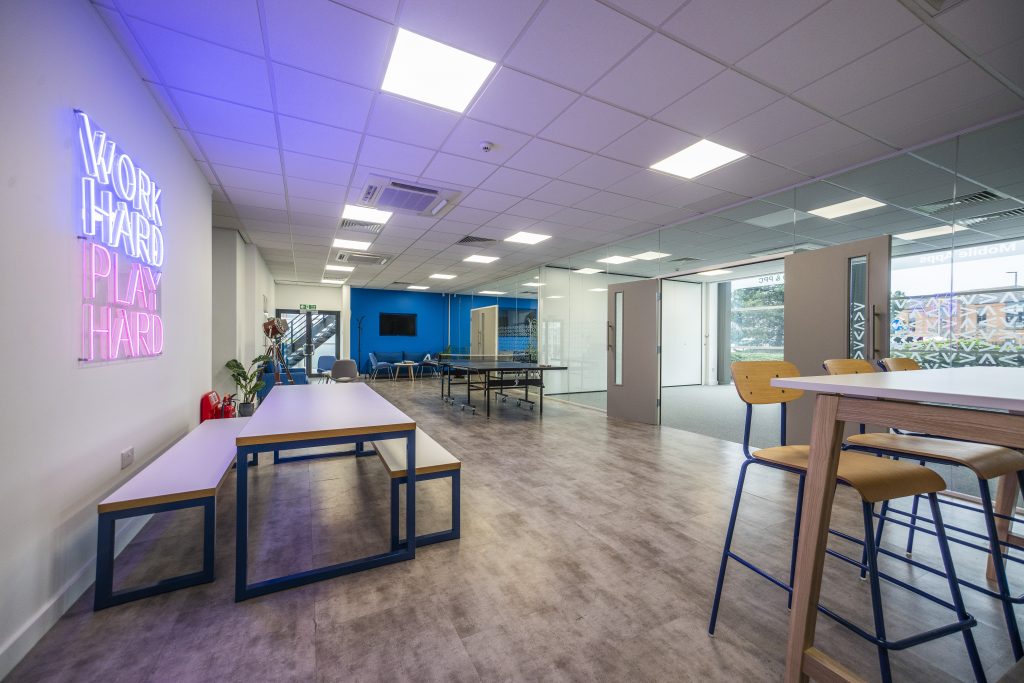As a business owner or diligent office manager, the environment in which your team operates is more than just a functional space; it’s a strategic tool for enhancing productivity and inspiring creativity. Whether you’re planning a complete overhaul or a few strategic upgrades, the office refurbishment process represents an exciting opportunity to redefine your company’s culture and workflow dynamics.
This comprehensive guide is designed to walk you through the intricacies of revamping your office space, offering insights on everything from initial considerations and the latest design trends to sustainable options and long-term benefits. It’s time to transform your office into a vibrant, productive hub that energizes your team and impresses clients.
Your Office, Your Brand: Why Refurbishment Matters
Your workspace speaks volumes about your brand. It’s the physical embodiment of your company’s values, culture, and commitment to innovation. But more than just aesthetics, an inspiring work environment can significantly impact your bottom line, affecting employee morale, retention, and the impression you make on visitors.
Before you roll up your sleeves and start the refurbishment process, it’s essential to take a step back and understand the pivotal role your office space plays in your business’s narrative. By exploring this deep connection, you can ensure that your refurbishment efforts align with your broader strategic goals, and also act as an anchor for internal and external branding.




Reflecting Internal Values in Space Design
The physical design and layout of your office might seem like purely functional matters. However, they pivotally contribute to the day-to-day experience of your team. For instance, an open-plan layout fosters collaboration and a sense of community, which can be ideal for companies that prioritize teamwork. In contrast, a more segmented space can allow for quieter focus areas, better suiting businesses that require a high level of concentration.
Making a Statement with Client Spaces
Beyond the borders of your staff’s work area, the spaces reserved for client interaction are equally significant. Every reception, meeting, or dining area should embody your professionalism and identity, projecting sophistication and attention to detail. This chapter will give you insights on how to balance practicality with an impressive client-facing design, ensuring that every touchpoint in your office encapsulates your brand.

The Road to Refurbishment: Planning for Success
The vision for your new office space is exciting, but the path to realizing it is laden with critical decisions that require foresight and planning. Proper planning is the key to remaining within budget, managing time effectively, and ensuring your business operations are minimally disrupted. In this section, we’ll cover the initial steps you need to take before the first hammer even touches a wall.
Creating a Realistic Budget
Budgeting for an office refurbishment is an art and a science. Start with a thorough understanding of your financial capacity, then move on to cost evaluation for different design decisions and materials. This proactive approach will help you set realistic spending limits from the get-go, allowing you to prioritize the investments that will yield the greatest return.
Considering Timelines and Operational Impact
Time is money, as the saying goes, and an office refurbishment project can’t be open-ended. This section will help you work through a timeline that considers not only constructions specifics but also consultations with all relevant stakeholders. Effective project management includes setting clear expectations for your team and communicating openly with all involved.
Design Trends That Work: Styling Your Space for Success
The world of office design is dynamic, with new trends emerging each year. It’s a delicate balance of creating an inspiring space that’s also functional. We’ll explore the latest design trends that have the potential to lift your office refurbishment above standard industry practices, catering to the specific needs of your business and employees.
Agile Working Environments
The concept of agile workspaces is not new, but its integration is becoming more sophisticated. It includes a mix of quiet rooms, break-out areas, and collaborative spaces to accommodate different types of work styles. We’ll discuss the physical and psychological benefits of agile design, and how it can revolutionize workflow in your office.
Biophilic Design
Incorporating elements of nature into the workplace has been shown to reduce stress, improve air quality, and increase creative thinking. We’ll unpack the principles of biophilic office design and provide practical advice on introducing natural elements into your refurbishment, regardless of your location or budget constraints.
Going Green with Purpose: Sustainable Refurbishment Strategies
The modern workforce, particularly the younger generation, is placing a premium on environmental responsibility. An eco-friendly office refurbishment not only reduces your carbon footprint but can also cut down on operational costs and boost your company’s reputation.

